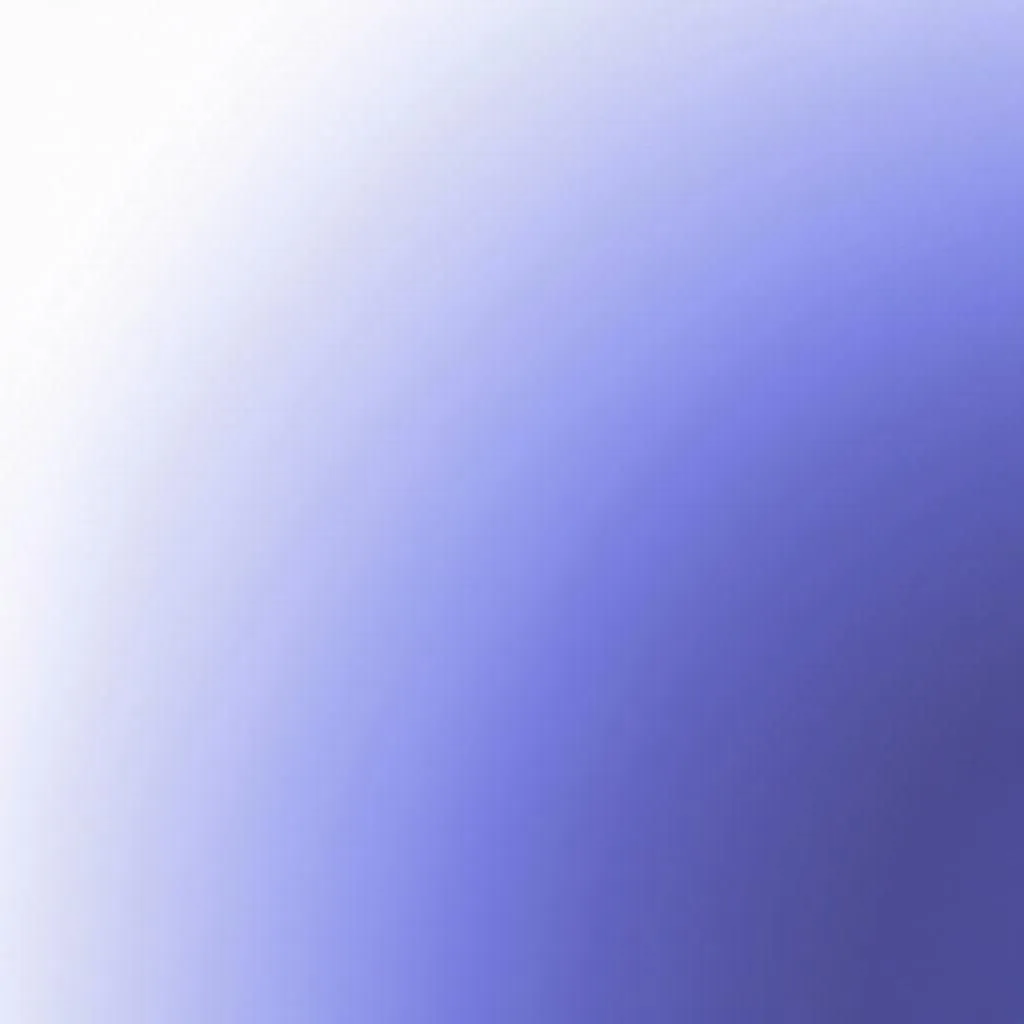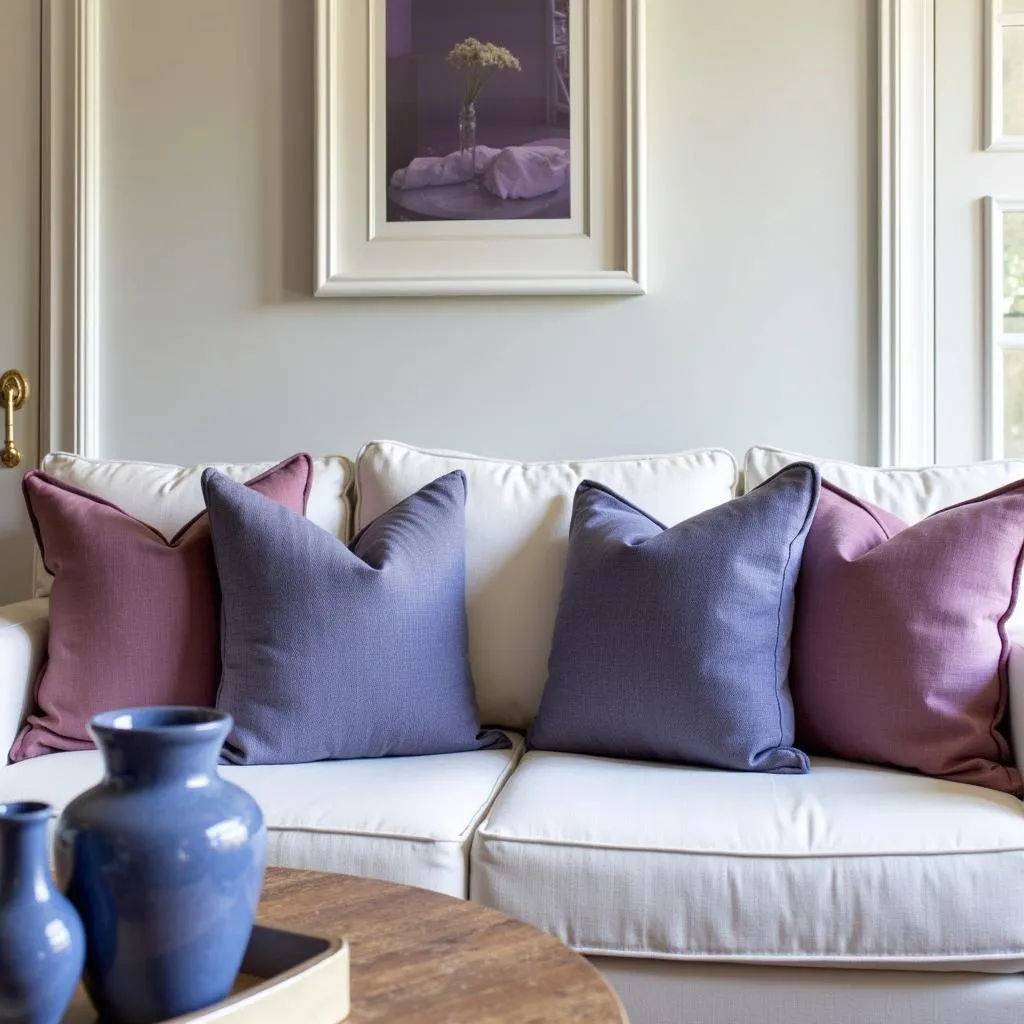Purplish blue, as its name suggests, sits somewhere between purple and blue on the color wheel. But what exactly is this intriguing color, and how can you use it effectively? Let’s dive into the fascinating world of purplish blue.
Decoding Purplish Blue: More Than Just a Name
Purplish blue is a tertiary color, meaning it’s created by mixing a primary color (blue) with a secondary color (purple). This results in a complex hue with a captivating blend of coolness and vibrancy.
Imagine the tranquility of a twilight sky, where deep blues begin to embrace hints of violet. That’s the essence of purplish blue—a color that evokes both serenity and energy.
Various Names and Interpretations
While “purplish blue” is the most common term, this versatile color goes by many other names, such as:
- Periwinkle: A lighter, more pastel shade of purplish blue, often associated with springtime and delicate flowers.
- Indigo: A darker, richer variation, reminiscent of the deep blue dye extracted from plants.
- Lavender blue: A softer, slightly grayer version, evoking a sense of calmness and relaxation.
The specific shade of purplish blue can vary depending on the ratio of blue to purple used in its creation.
 Purplish Blue Color Spectrum
Purplish Blue Color Spectrum
The Psychology of Purplish Blue
Colors have a profound impact on our emotions and perceptions. Purplish blue, with its unique blend of blue’s calmness and purple’s creativity, carries a powerful psychological influence.
- Peace and Tranquility: The blue undertones in purplish blue promote a sense of peace and serenity. This makes it an excellent choice for bedrooms, bathrooms, and other spaces where relaxation is key.
- Creativity and Imagination: Purple’s association with creativity and spirituality shines through in purplish blue. This color can inspire imagination and introspection, making it suitable for studios, art rooms, or meditation corners.
- Royalty and Luxury: Historically, purple dyes were expensive and rare, often reserved for royalty. This association with luxury and sophistication extends to purplish blue, adding a touch of elegance to any space.
 Living Room with Purplish Blue Accents
Living Room with Purplish Blue Accents
Using Purplish Blue in Your Home
Purplish blue’s versatility makes it an excellent choice for various design styles and applications.
1. Walls and Backgrounds:
- Create a serene oasis: Paint bedroom walls in a soft periwinkle to promote relaxation and restful sleep.
- Add depth and dimension: Use a deep indigo as an accent wall in the living room to create a dramatic focal point.
- Enhance a sense of spaciousness: Lighter shades of purplish blue can make smaller rooms appear larger and more airy.
2. Furniture and Furnishings:
- Introduce a touch of elegance: Incorporate a velvet purplish blue sofa or armchair to add a luxurious feel to your living space.
- Create a focal point: A statement piece like a purplish blue dresser or headboard can instantly elevate the style of a room.
- Add pops of color: Use purplish blue throw pillows, blankets, or rugs to introduce subtle accents without overwhelming the space.
3. Color Combinations:
- Complementary Contrast: Pair purplish blue with its complement, yellow-orange, for a vibrant and energetic look.
- Analogous Harmony: Combine purplish blue with neighboring colors on the color wheel, such as blue or violet, for a harmonious and calming effect.
- Neutral Balance: Ground purplish blue with neutral colors like white, gray, or beige to create a balanced and sophisticated aesthetic.
What color is mocha is another great neutral color that can beautifully complement purplish blue.
What Colors Make Violet?
While purplish blue is a mix of blue and purple, it’s interesting to note how violet, a key component, is created. Mixing red and blue in equal proportions produces violet. This primary color interplay highlights the fascinating relationship between colors.
What to colors make violet can provide further insight into the world of color mixing and its impact on creating unique shades like purplish blue.
 Bedroom with Purplish Blue Wall
Bedroom with Purplish Blue Wall
Conclusion
Purplish blue is a captivating color that seamlessly blends the calming energy of blue with the creative spirit of purple. From serene periwinkle to rich indigo, this versatile hue offers endless possibilities for transforming your living spaces. Whether used as a dominant shade or a subtle accent, purplish blue is sure to infuse your home with a touch of elegance, tranquility, and imagination.
Don’t be afraid to experiment with different shades and combinations to discover the magic of purplish blue and create a space that truly reflects your style.
FAQ
1. Is purplish blue a warm or cool color?
Purplish blue is generally considered a cool color due to the dominance of blue in its composition.
2. What are some other colors that go well with purplish blue?
Purplish blue pairs well with a range of colors, including yellow-orange, green, gray, white, and beige.
3. Can I use purplish blue in a modern interior design style?
Absolutely! Purplish blue’s versatility makes it suitable for various design styles, including modern, contemporary, and eclectic.
4. What is the difference between periwinkle and lavender blue?
Periwinkle is a lighter, more pastel shade of purplish blue, while lavender blue has a slightly grayer and more muted appearance.
5. Where can I find purplish blue paint colors?
Most major paint brands offer a variety of purplish blue hues. Be sure to test paint samples in your space to see how they look under different lighting conditions.
For further assistance or color consultations, please don’t hesitate to contact us at:
Phone: 0373298888
Email: [email protected]
Address: 86 Cầu Giấy, Hà Nội.
Our dedicated customer support team is available 24/7 to help you bring your color visions to life.

